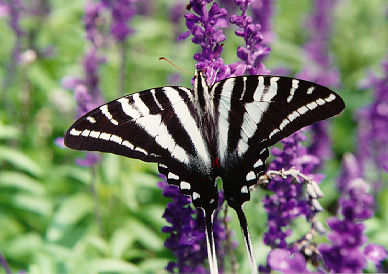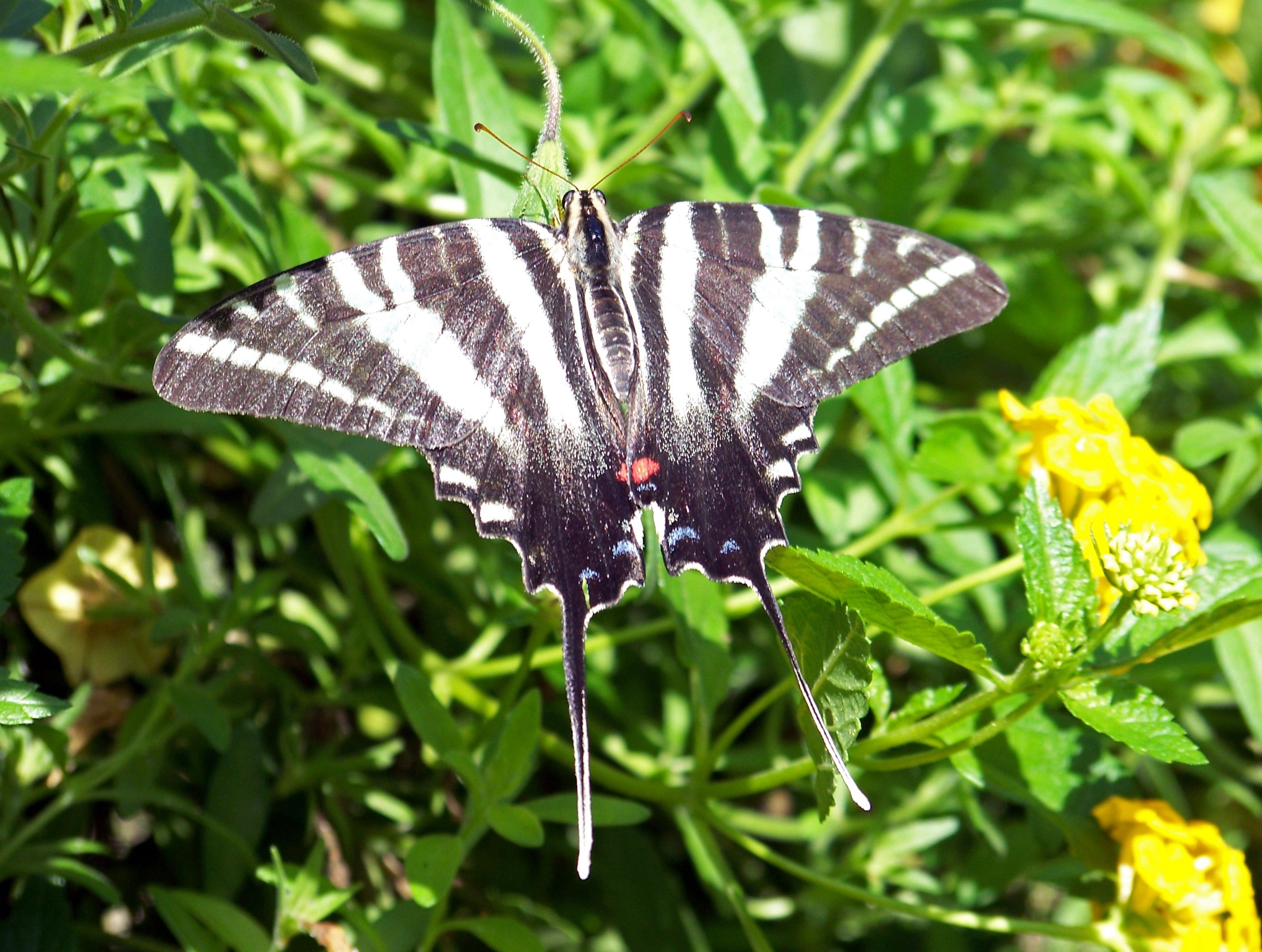

It has feathery foliage and yellow flowers that bloom in the summer.

It also has unique and beautiful flowers. Passionflower – This vine is a host plant for Gulf fritillary butterflies.Milkweed – As mentioned earlier, milkweed is the only host plant for monarch butterflies.Here are some of the best host plants for butterflies in Florida: Host plants are specific plants that butterflies lay their eggs on, and they serve as food for butterfly larvae. In addition to nectar-rich flowers, it’s important to include host plants in your butterfly garden. It attracts many species of butterflies, including monarchs.īest Host Plants for Butterflies in Florida Salvia – This plant has spikes of purple or blue flowers that bloom in the summer and fall.They are also known for attracting swallowtail butterflies. Pentas – These flowers are available in a variety of colors, and they bloom from spring through fall.Lantana is also a great choice for hot, dry areas. Lantana – This plant has bright, colorful flowers that are attractive to both butterflies and hummingbirds.Zinnias – These colorful flowers provide a great source of nectar for butterflies, and they bloom from late spring to early fall.Milkweed also attracts other butterfly species with its fragrant flowers. Milkweed – This plant is a must-have in any butterfly garden, as it is the only host plant for monarch butterflies.Now that you’ve prepared the soil, it’s time to start planting! Here are some of the best plants to attract butterflies in Florida: What Plants are Ideal to Attract Butterflies in Florida You can also add compost or other organic matter to improve soil quality and drainage. Remove any weeds or grass and loosen the soil with a garden fork or tiller. Once you’ve chosen your location, it’s time to prepare the soil. Choose a spot that gets at least six hours of sun per day. Butterflies are cold-blooded insects, and they need the sun’s warmth to regulate their body temperature.

The first step in creating a butterfly garden is to choose a sunny location. For example in Fort Myers and Cape Coral, where I live there we are in 10A, 10B and 11 Plant Hardiness Zones. It’s also important to understand what USDA Plant Hardiness Zones you are in. Food comes in the form of nectar from flowers, while shelter comes from plants that serve as host plants for butterfly eggs and larvae. Butterflies need two things: food and shelter. I live in Southwest Florida and I love that here, you can enjoy your butterfly garden year around! Before you start planting, it’s important to understand what butterflies need to thrive. With a little bit of planning and effort, you can attract a variety of butterfly species to your garden and enjoy their beauty up close. As someone who loves butterflies and gardening, I’m excited to share my tips on creating a beautiful butterfly garden right in your own backyard. This complete guide to creating a butterfly garden in Florida has all of the information you need from the best Florida native host plants to native plants to attract butterflies.


 0 kommentar(er)
0 kommentar(er)
